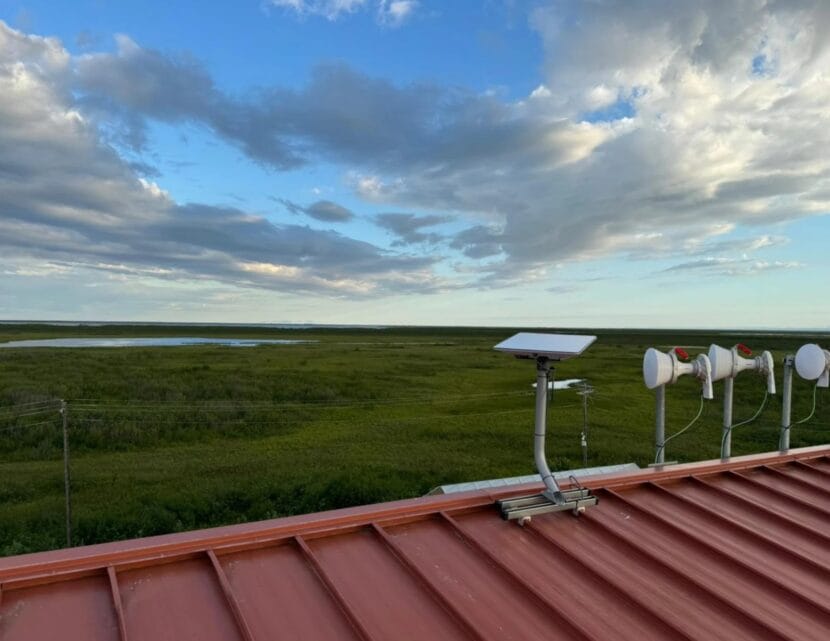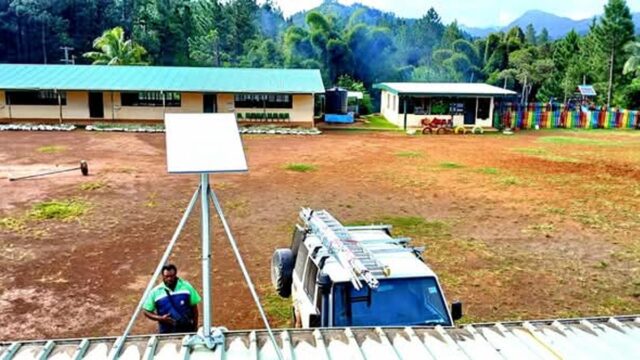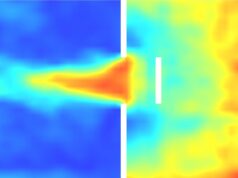In an era where connectivity is no longer a luxury but a necessity, Starlink emerges as a beacon of hope for remote schools and government facilities struggling with inadequate internet access. This comprehensive manual serves as a vital resource for educators and administrators who aim to harness cutting-edge satellite technology to bridge the digital divide.
Whether nestled in the mountains or perched along coastal shores, countless institutions face barriers that hinder their ability to deliver quality educational experiences and essential services. By exploring Starlinks capabilities, installation processes, and usage protocols, this guide will equip you with the knowledge required to transform your connectivity challenges into opportunities for growth and innovation.
Join us on this journey to empower communities, enhance learning experiences, and ensure that no one is left behind in the digital age.
Understanding Satellite Internet

Satellite internet has emerged as a revolutionary technology, bridging the connectivity gap for remote locations often overlooked by traditional broadband providers. Unlike cable or fiber options that rely on extensive ground infrastructure, satellite internet transmits data directly from space, utilizing a network of orbiting satellites to establish connections.
This method means users can experience internet access in areas where laying cables is logistically impractical or economically unfeasible. However, while the promise of global coverage may seem alluring, potential users should be aware of certain nuances.
For instance, latency can be higher compared to terrestrial internet services due to the distance signals must travel, and factors such as weather conditions can also impact performance. Ultimately, understanding these dynamics is essential for effectively leveraging satellite internet in remote schools and government facilities, ensuring that educational and administrative needs are met without interruptions.
Setting Up Starlink

Setting up Starlink in remote schools and government facilities can be a straightforward yet nuanced process. Begin by unboxing your Starlink kit, which includes the satellite dish, a mounting tripod, and a Wi-Fi router.
The dish, sleek and aerodynamic, should be positioned outdoors with a clear view of the sky to establish optimal satellite connectivity—this might mean climbing up on the school roof or affixing it to a sturdy pole. Once installed, plug in the device and connect the router; you’ll soon find yourself engaged in the setup process via the Starlink app, which will guide you through the necessary steps.
Connect to the Wi-Fi network and follow the prompts for activation. As you traverse this setup journey, ensure youve checked local regulations regarding installations, as they can vary dramatically from one location to another.
After just a few minutes, with a little patience and some adjustments, you’ll be ready to experience high-speed internet that can empower learning and foster communication, even in the most isolated settings.
Network Configuration
Network configuration is a critical step when setting up Starlink for remote schools and government facilities, demanding both careful planning and adaptability. Begin by assessing the physical environment—consider obstacles like tall buildings or trees that might block the satellite signal.
The Starlink kit provides a user-friendly setup process, but understanding the nuances can make a significant difference. Following the initial installation of the dish, ensure a clear line of sight to the northern sky, optimizing the angle for maximum signal reception.
Once the satellite is aligned, connect the dish to the included router, which facilitates Wi-Fi access for multiple users. However, its crucial to monitor bandwidth usage, especially during peak hours; this can help prevent connectivity woes in larger facilities where numerous devices vie for attention.
For enhanced performance, explore the advanced settings of the router, which may allow for customization of the network to better suit the educational or administrative needs. Dont hesitate to revisit the configuration as user demands evolve, ensuring consistent and reliable access to vital online resources.
Conclusion

In conclusion, implementing Starlink in remote schools and government facilities presents a transformative opportunity to bridge the digital divide and enhance educational and governmental services in underserved areas. With its innovative satellite technology, Starlink provides reliable internet access where traditional infrastructures fall short, enabling effective communication and access to vital resources.
As seen in the Starlink Philippines price, where competitive pricing plans allow institutions to harness the power of high-speed internet, the potential impact on learning outcomes and administrative efficiency is profound. By embracing this cutting-edge solution, remote communities can foster growth, connectivity, and innovation, paving the way for a brighter future.




